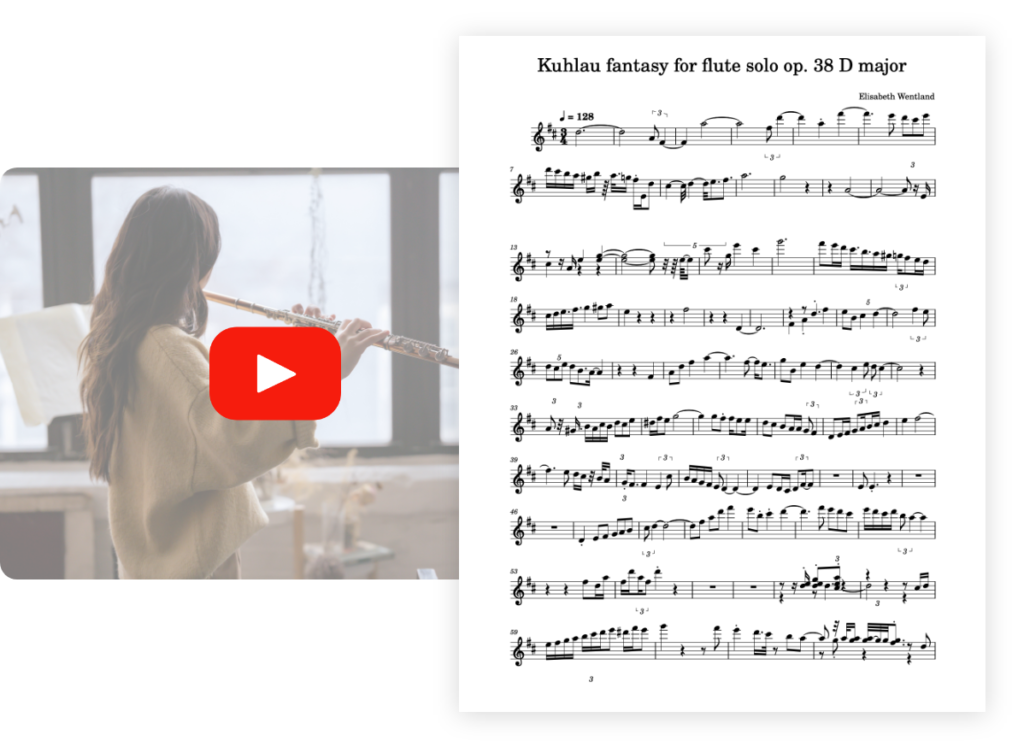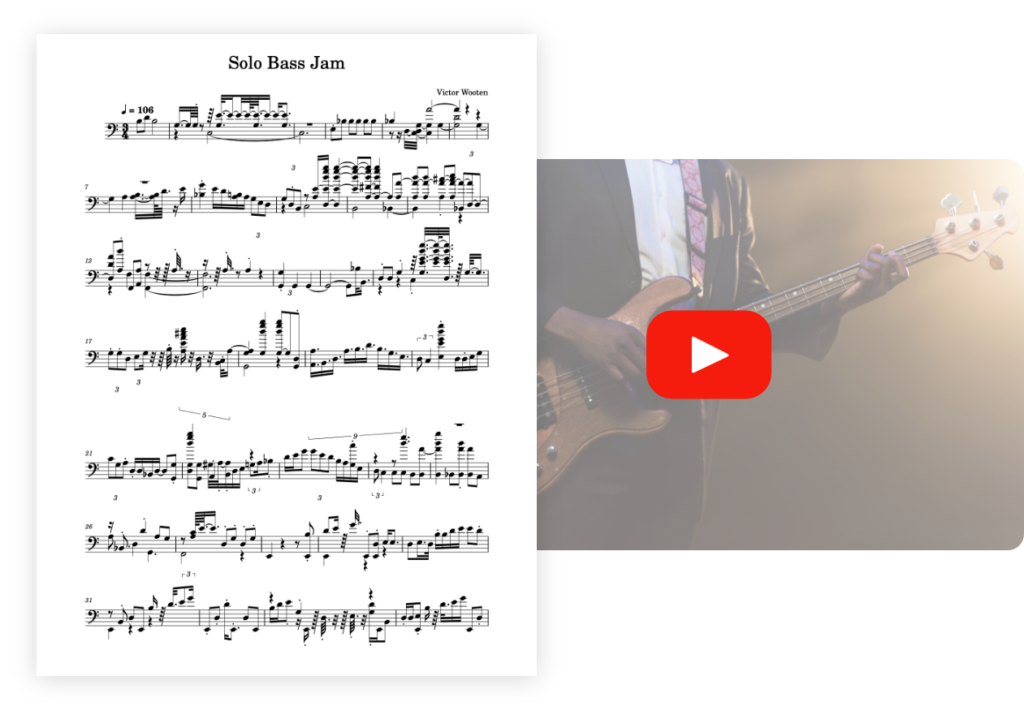What is a piano sheet music?
Definition and generalities
Piano sheet music use a musical notation system which is a form of language. In the same way that we write series of letters and words to say something in writing, musical notation, through a system of symbols, tells the notes, the rhythm, the tempo to be used to play the song correctly. Scores are the finalized format of this music notation system. Contrary to the words we use, musical notation is a universal language. Musicians around the world who have learned to read it can play the songs that are written.
The concept of staff
Read piano sheet music starts with knowing the notion of staff. Contemporary music notation is called staff notation (or stave notation in UK). It’s characterized by a set of five horizontal lines and four spaces that each represent a different musical pitch. Musical symbols (such as notes for example) are placed on the staff in different places according to their pitch and function.

Notes present on the staff can be placed either on the lines or between the lines, in white spaces.
Why are piano sheet music important to play piano?
Some may tell you that knowing how to read piano sheet music is not essential for playing music. And that’s true. But you should know that if you don’t, you will find yourself limited in your learning. There are several reasons for this.
You can play whatever you want
Imagine that you can read a piano sheet music. You could take any score of the song you want, and play it right away on piano. In the same way that you can read a text that you have in front of you, you could play the song just as easily and all the piano exercises you want, with correct piano fingering. Compared to learning method that works with memory, this is a huge time saver.
You can write down what you play
Have you ever invented a song in your head and sung it? If so, you have already composed your own song! In musical composition, knowing how to read (and therefore write) a score is fundamental. Why is that? Simply because you can write down your song to make sure you never forget it and so that other pianists can play it.
But writing a song on a score is also a way to structure your song. It’s as if you have to imagine a text that you invent without writing it down. When you write, you constantly look back on the previous phrases you wrote to help you build the rest of the story. For musical composition, it’s exactly the same thing. Writing the song helps you to structure it and give it its full form.
You can speak with the other musicians
If you speak the same language as other people, you can understand them and they can do the same with you.
If you know how to read a piano sheet music, you can discuss and debate with other pianists. In this way, you can benefit from the advice of other musicians in order to progress or even make others progress by giving your own advice. Practicing piano is not only an activity, it’s also a community.

Music notation
We are now going to see the basics of music notation on a piano sheet music. We will mainly talk about the constitution of a score: where are the hands, the different types of piano notes, the spaces, the middle C, …
These are very basic notions but very useful to start reading scores and playing piano in the best conditions.
The hands on the staves
On the score, the first step to do is to identify where are the hands. Indeed, each hand will have its own space on the sheet music and you will then be able to easily differentiate the notes you will have to play with the left hand from those of the right hand.

On the score, you can see that there are two different staves, each consisting of 5 lines. The top staff is called the treble clef and is usually played with the right hand. The bottom staff is called the bass clef and is generally played with the left hand.

If you want to start by working only on the right hand of a song, then you should concentrate only on the notes present on the treble clef.
The middle C
Finding middle C is important for the orientation on a piano keyboard. The same goes for the score. The middle C gives you a reference point that will help you identify the position of the other notes.
The middle C is in the center of the score, between the staves, on an imaginary line.

So when you start to read piano sheet music, the best way to orient yourself is to always start from middle C.
The notes
The location of notes on the staff
On the staff, notes and chords can be either on a line or between lines, in white spaces. The head of the note (the black ball) shows its actual position on the staff. The higher the note is on the staff, the higher its pitch will be. In other words, the higher the note is on the staff lines, the more it means that you will have to move your hand to the right of the piano keyboard.
When you move up one note on the right of your piano keyboard, you will move up one level on the staff. Note that a level can be a line or a blank space. For example, if you want to make E – F – G, E will be on the first line of the staff, F will be on the line space (white space) just above it, and G on the second line of the staff:

To facilitate our understanding, we will concentrate only on the treble clef (the right hand). Let’s play all the notes from the middle C on the score. Don’t forget, always start from middle C to orient yourself on the staff.

Let’s look at the beginning of this sequence of notes. We notice that our middle C is two levels below the first line. The note D is at one level just below the first line. Finally, as seen above, the note E is the note on the first line of the staff. You can use this C – D – E sequence as a reference point to know the sequence of notes and their position in the staff. For your information, the orientation of the tails of the notes does not matter. The logic remains the same.
To better understand the notes on the staff of a piano sheet music, we also suggest you watch Pianote’s very good video tutorial on the subject:
To sum up, the secret to reading notes on a staff is to proceed step by step.
First, translate the sheet music:

With the series of notes present on the staff, we can deduce that this is the following sequence: C – D – G – A.
Once the score has been translated and the notes identified, we have to execute the sequence on the piano keyboard:

Discover our article dedicated to piano pedals if you want to learn how to decipher them on the sheet music.
Note durations
As we have seen, the location of the notes on the staff tells us which note we should play on our piano keyboard. But in order to play correctly we must also take into account the duration of the note. The duration is symbolized by specific note shapes. There are five main note shapes (and therefore duration). By switching from one symbol to the other, the time of the note is halved:
1 – A whole note is symbolized by a empty circle without a tail and lasts four counts:

2 – A half note is symbolized by an empty circle with a tail and lasts two counts. Two half notes occupy the same amount of time as one whole note:

3 – A quarter note is symbolized by a full circle with a tail and lasts one count. Two quarter notes occupy the same amount of time as one half note:

4 – Notes that are shorter than quarter notes have a special symbol called a flag. Each flag halves the value of a note. A eighth note is symbolized by a full circle with a tail and a flag and lasts a half count. Two eighth notes occupy the same amount of time as one quarter note:

5 – A sixteenth note is symbolized by a full circle with a tail and two flags and lasts a quarter count. Two sixteenth notes occupy the same amount of time as one eighth note:

The bars and the structure of the score
The bars are used to give the value of the notes, i.e. how long the notes will last. When you play piano, the bars are fundamental: they will give all its structure to the score and will define the way you will play the song.
They are located at the beginning of the staff and are represented by two numbers one on top of the other.

The bottom number indicates the unit of time (4 for the quarter note and 8 for the eighth note). The top number indicates the number of units (bottom number) per bar.
In the example above, 4/4 means that there will be 4 beats per bar. The quarter note will be worth 1 beat, so there will be 4 quarter notes per bar. When a bar ends and another one starts again, this is symbolized by a vertical line on the staff.

We have just seen the basics of reading piano scores. Now you can learn hundreds of easy songs just with this start of the course.



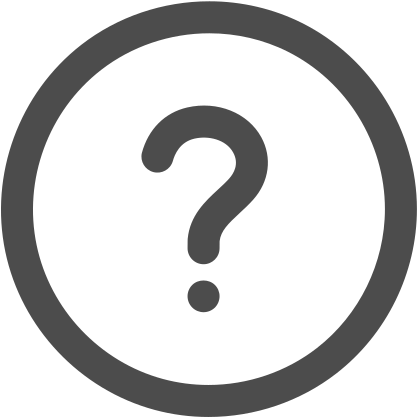

 PianoConvert
PianoConvert
 GuitarConvert
GuitarConvert
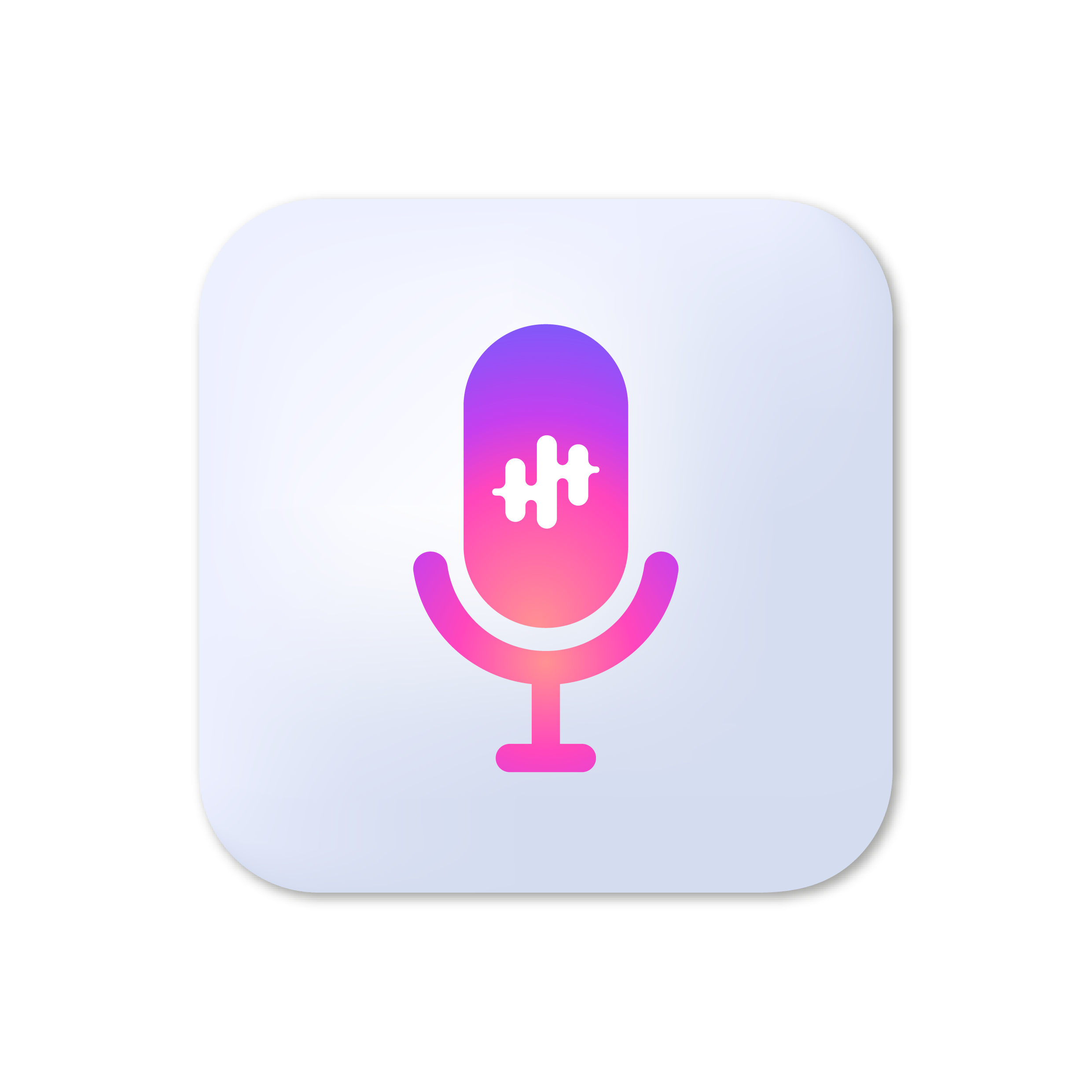 SingConvert
SingConvert
 BandConvert
BandConvert
 DrumConvert
DrumConvert
 ViolinConvert
ViolinConvert
 SaxConvert
SaxConvert
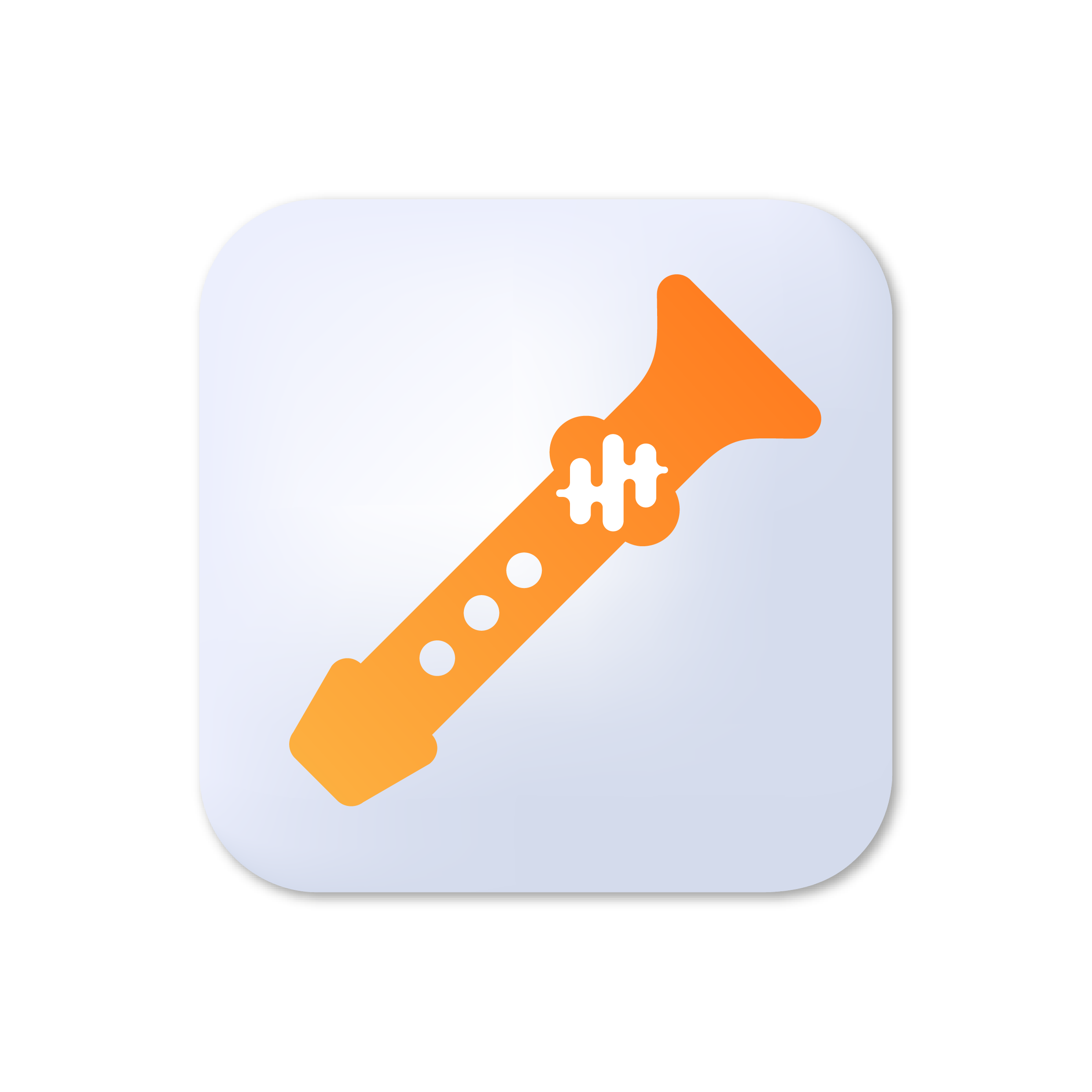 FluteConvert
FluteConvert
 BassConvert
BassConvert
 TrumpetConvert
TrumpetConvert
 OrganConvert
OrganConvert
 PianoGo
PianoGo
















